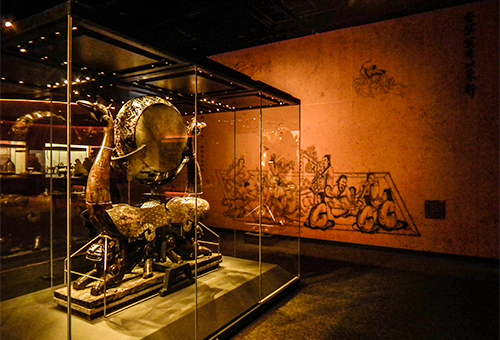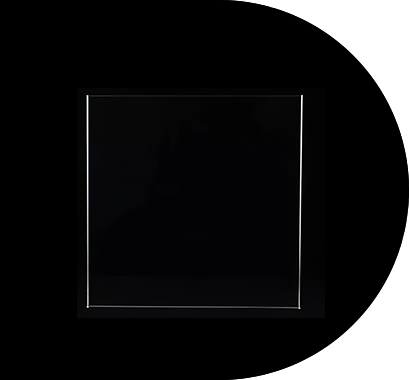Museum laminated glass is specially designed to protect valuable artifacts, artworks, and historical objects from physical damage, UV exposure, and environmental hazards. The interlayer is the critical component that bonds glass layers together, providing both safety and preservation benefits. Choosing the right interlayer affects impact resistance, optical clarity, UV protection, and longevity of the display.
Polyvinyl Butyral (PVB) Interlayers
Polyvinyl Butyral, or PVB, is one of the most widely used interlayers in museum laminated glass. It offers strong adhesion between glass layers, excellent impact resistance, and moderate UV protection. PVB interlayers help prevent glass from shattering, keeping broken pieces bonded to the interlayer. This is essential for both the safety of visitors and the protection of exhibits.
Advantages of PVB
- High impact resistance, reducing the risk of injury or damage
- Maintains optical clarity for clear viewing of artifacts
- Moderate UV filtering to reduce fading of sensitive materials
- Flexible and suitable for curved or complex display cases

Ethylene-Vinyl Acetate (EVA) Interlayers
EVA interlayers provide high transparency, flexibility, and strong adhesion. They are particularly effective in preventing delamination and maintaining long-term durability of laminated glass. EVA is often chosen for display cases that require both clarity and environmental protection, including moisture resistance.
Advantages of EVA
- Excellent optical clarity for detailed artifact viewing
- Durable and resistant to moisture and environmental stress
- Maintains strong adhesion over time, reducing risk of glass separation
- Flexible, allowing use in both flat and shaped panels
SentryGlas® (SGP) Interlayers
SentryGlas®, commonly referred to as SGP, is a high-performance interlayer used in museum laminated glass when enhanced strength and rigidity are required. SGP interlayers are significantly stronger and stiffer than PVB or EVA, allowing thinner glass panels while maintaining high impact resistance. This makes it ideal for large display cases or installations where both security and optical clarity are critical.
Advantages of SGP
- High stiffness, enabling larger panels without warping
- Superior impact resistance for enhanced security
- Excellent optical clarity for unobstructed viewing
- Long-term durability, resistant to temperature and humidity changes
Comparison of Common Interlayers
The following table summarizes the key properties of the main interlayers used in museum laminated glass, helping curators and designers select the best option based on safety, clarity, and environmental performance.
| Interlayer | Impact Resistance | Optical Clarity | UV Protection | Flexibility | Typical Use |
| PVB | High | Excellent | Moderate | High | Standard museum displays, curved cases |
| EVA | Moderate | Excellent | Moderate | High | Moisture-prone environments, long-term displays |
| SGP | Very High | Excellent | High | Moderate | Large panels, high-security displays |
Conclusion
Choosing the right interlayer for museum laminated glass depends on the type of display, level of security, and environmental conditions. PVB provides a balance of safety and clarity, EVA adds durability and moisture resistance, and SGP delivers maximum strength for large or high-risk installations. Understanding these options ensures optimal protection of valuable artifacts while maintaining superior viewing quality.





